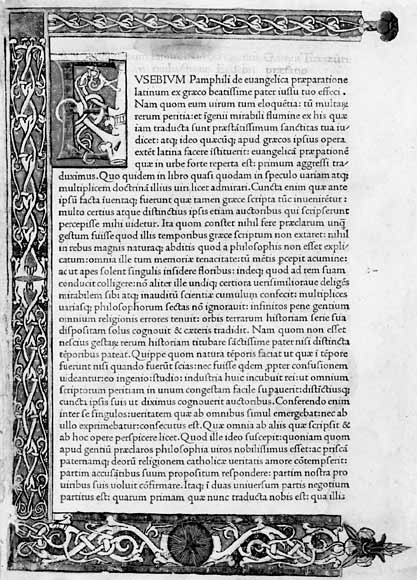- Home
- Basics of Typography
- Five Classic Typefaces
- Classifications, 24
- Characteristics, 26
- Garamond | Old Style, 28
- Baskerville | Transitional, 34
- Bodoni | Modern, 40
- Century Expanded | Egyptian, 46
- Helvetica | Sans Serif, 52
- Type Families, 58
- Exercise | Identifying Typefaces, 60
- Designing with Text Type
- About Type, 62
- Letterspacing and Wordspacing, 64
- Linespacing | Leading, 66
- Line Length | Measure, 68
- Type Arrangements, 70
- Paragraph Indications, 74
- Creating Emphasis, 76
- Grids, 80
- Designing with Display Type
- Selecting Display Type, 84
- Arranging Display Type, 86
- Optical Considerations, 88
- Punctuation, 90
- Display Initials, 92
- Modifying Type, 93
- Color
- Projects
- Solving Design Problems, 104
- Five Classic Typefaces, 106
- Type Arrangements, 108
- Typestyles, 110
- Paragraph Indications, 112
- Expressive Words, 114
- Visually Enhanced Quotation, 116
- Early Letterform, 120
- Grids, 124
- Brochure, 126
- Experimental Typography, 132
- Ransom Note, 134
- Logo, 136
- Traditional Skills
- Type Specimens
- References and Resources
- Professional Gallery
- Designingwithtype.com
- Comments
| ©2010 James Craig |

